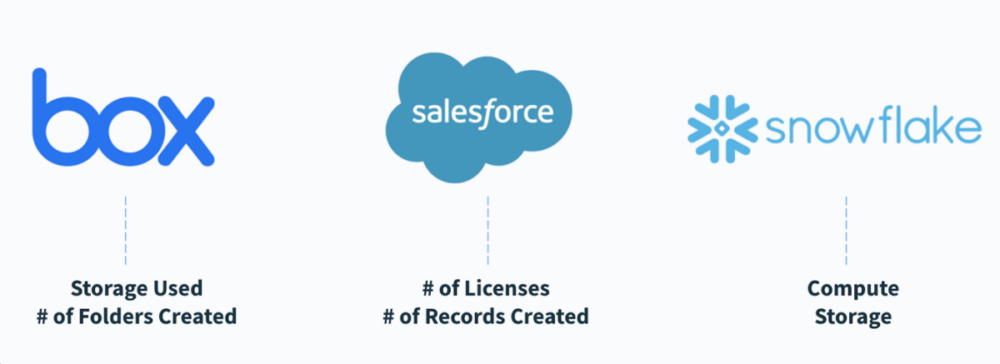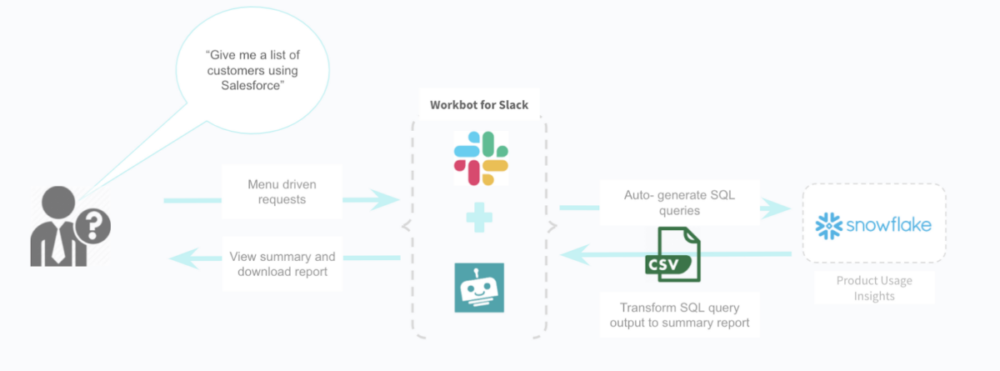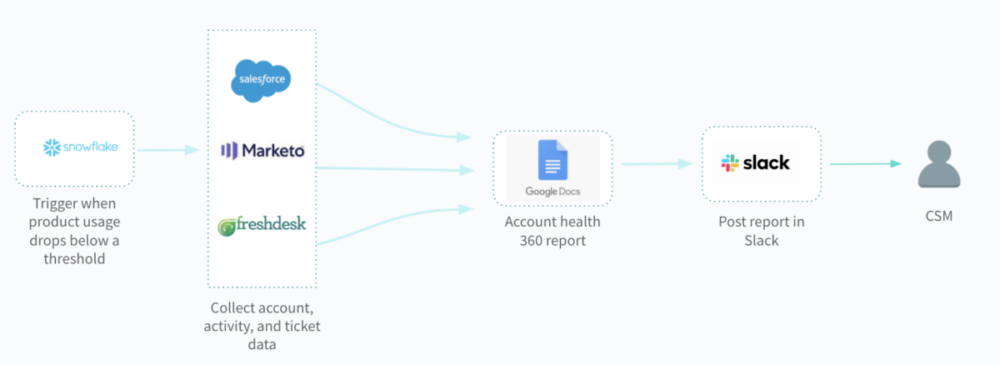Product usage data is critical in enabling your organization’s growth.
Used effectively, it allows your sales reps to sell more, your customer success managers to retain more business, and your marketers to execute campaigns that drive more upsell and cross-sell opportunities.
So how can your organization use product usage data to deliver these business outcomes? By building end-to-end workflow automations that utilize it.
We’ll break down a few examples that can give you a sense of how this looks, but before we do, let’s align on what we mean by product usage data.

Take product-led sales to the next level with account intelligence
Discover how account intelligence can spur your customer-facing teams to actions.
What is Product Usage Data?
It’s a type of data that reflects how customers use your product or service over a given period of time.
Given the inherent differences across platforms, the product usage data that’s measured in one can drastically differ from another. For example, here’s how it varies across platforms like Box, Salesforce, and Snowflake:

Popular Snowflake integrations
Examples of Using Product Usage Data
Now that you know the different forms it can take, let’s go over some ways you can use it to deliver business value:
1. Enable sales reps to uncover the best customer references
As a sales rep captures a prospect’s attention, builds up their interest, and approaches closing the sale, they might be asked for a customer reference.
The ask in and of itself might seem fairly straightforward. But identifying the most relevant and compelling reference, and doing it quickly, can prove difficult. The process might involve asking colleagues, reviewing slides on customer stories, revisiting chat messages, etc.—all with limited success.
Instead, you can empower sales reps to find the most appropriate reference by letting them access product usage data within the business communications platform they already work on (e.g. Slack).
Here’s more on how this can work, if, for example, a sales rep needs to find a customer that uses Salesforce:

1. The sales rep asks their Slack chatbot for a list of customers that use Salesforce.
2. The request automatically generates a SQL query that runs in SnowFlake.
3. The resulting output is formatted in a CSV file, which the chatbot shares with the rep.
4. The rep can download the file straight from Slack and pick out the customers they want to refer using the list.
Related: 3 real-world examples of drip marketing automation
2. Alert customer success managers when a client is at risk of churning
Customer retention is critical to growing your organization effectively. Bain & Company proved why: A 5% increase in retention can raise company profits by more than 25%.
To help your customer success team keep tabs on clients who are disengaged and need support, you can set up an automation that sends them product usage data that’s cause for concern.
For instance, if you know that customers who don’t log into your application for at least 4 weeks are at risk of churning, you can set up the following workflow with an enterprise automation platform:

- SnowFlake monitors customer activity in the app, and once a client doesn’t login for at least 4 weeks, the workflow gets triggered.
- The client’s information on platforms like Salesforce, Marketo, and FreshDesk get collected.
- Using all of the data, the enterprise automation platform puts together a report on account health in a Google Doc.
- That report gets shared with the CSM via chat, which they can quickly review and use to inform their response.
Related: How to integrate customer data successfully
3. Empower marketers to personalize their activities
Say your marketing team wants to personalize the content in an upcoming webinar that targets existing customers (a wise move considering that personalization improves customer relationships).
To do this, you’ll need to know how the customers who register for the event use your product. Here’s a marketing automation that can help:
- Once someone registers for the webinar, the workflow gets triggered.
- The registrant’s product usage data gets collected via a platform like Snowflake.
- The registrant, along with their product usage data, gets shared with the marketing team via a specific channel in a platform like Slack.
Feeling inspired to build your own workflow automations that use product usage data? Learn more about implementing any by speaking with one of our experts!
